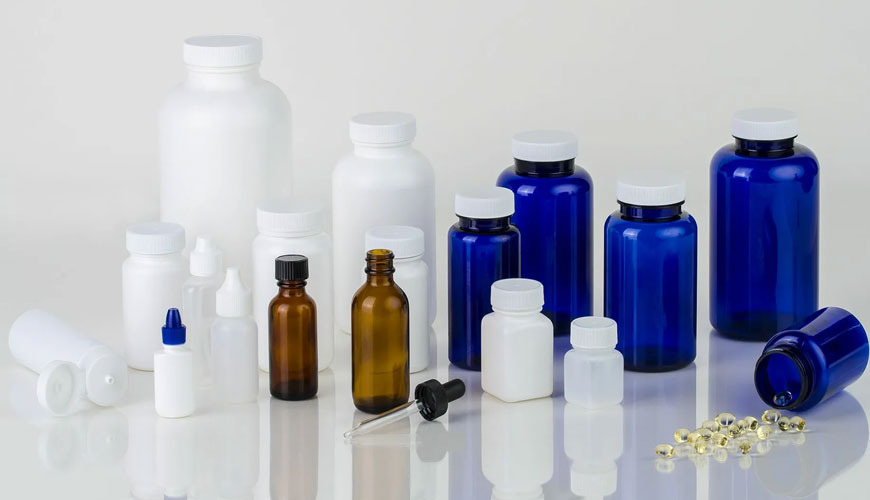

Elemental impurity analysis includes trace metal/heavy metal testing to evaluate pharmaceutical products for high concentrations of elements such as lead and arsenic, which are of major toxicological concern. In any product, impurities can delay development or cause a product recall on the market. Impurity analysis is particularly critical in pharmaceutical development because impurities threaten the safety and efficacy of final therapeutic products.

The elemental impurity guideline published by the International Council for Harmonization (ICH) defines the allowable daily exposures (PDEs) for essential impurities in pharmaceutical drug products. This includes specifications for oral, inhalation and parenteral drug products. Dermal drug product specifications are not provided, but recent publications offer recommendations. Based on this guideline, the US Pharmacopoeia (USP) has published sections entitled “Essential impurities - Limits” and “Essential impurities - Procedures”.
Based on extensive toxicological studies, the US Food and Drug Administration (FDA) has classified essential impurities into three groups:
Other elements do not have built-in PDEs but may need to be considered. For example, aluminum, boron, calcium, iron, potassium, magnesium, manganese, sodium, tungsten and zinc.
Sources of elemental impurity in pharmaceuticals are of four types:
Our organization also provides elemental impurity analysis services with its trained and expert staff and advanced technological equipment, among the numerous test, measurement, analysis and evaluation studies it provides for businesses in various sectors.
To get an appointment, to get more detailed information or to request an evaluation, you can ask us to fill in our form and reach you.